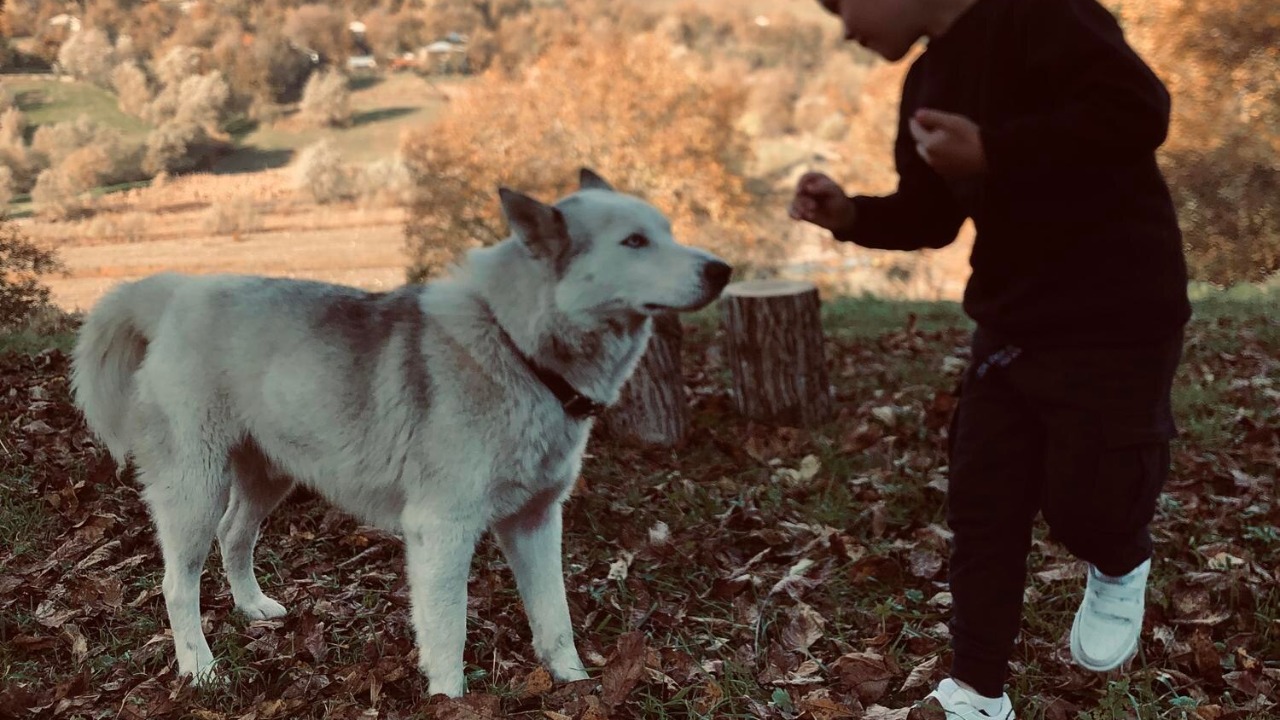
Recent analysis has challenged long-held assumptions about the origins of canine diversity, revealing that dogs were already diverse 11,000 years before the advent of modern breeding. This diversity emerged as dogs roamed with bands of humans, coming in all shapes and sizes, and was shaped by early human societies. These findings underscore that the extensive variation in ancient dog populations predates contemporary breeding practices.
Ancient Origins of Canine Variety
The timeline of dog evolution is a fascinating journey that predates modern breeding by thousands of years. Archaeological evidence shows that dogs were already diverse 11,000 years ago, with early morphological differences evident in remains found at various sites. This diversity was not a product of human intervention but rather a result of natural selection, as analysis reveals.
These prehistoric dogs were not isolated from human societies but rather moved with them, leading to initial diversification tied to human migration patterns. The remains of these dogs, found in different geographical locations, show variations that suggest adaptation to different environments and lifestyles.
Dogs in Early Human Companionship
Approximately 10,000 years ago, dogs were not mere pets but integral members of human bands. They roamed freely with humans, forming symbiotic relationships that influenced their physical traits. This companionship was not limited to sedentary societies but extended to hunter-gatherer groups as well, leading to variations in size and build that mirrored the shared lifestyles of dogs and humans.
The transition from wild ancestors to domesticated companions was a gradual process, heavily influenced by human societal structures. Early dog populations were shaped by the survival pressures and cultural practices of these societies, leading to the emergence of diverse dog traits.
Prehistoric Morphological Diversity
The diversity in ancient dogs was not limited to size but extended to shape as well. Dogs 10,000 years ago came in all shapes and sizes, as evidenced by skeletal remains. These remains show breed-like variations, such as differences in limb length and skull structure, that predate any intentional human intervention.
These variations were not random but were likely adaptations to different environments. For instance, dogs from Eurasian sites varied according to local human needs, suggesting that prehistoric diversity was shaped by environmental factors as well as human influence.
Predating Modern Breeding Influences
Contrary to popular belief, the diversity in dog populations predates modern breeding. Genetic studies confirm that natural variation existed over 11,000 years ago, long before the advent of selective breeding in the 19th century. This ancient dog diversity, as reported, challenges our understanding of canine evolution.
Unlike modern breeding, which is driven by human preferences, the diversity in ancient dogs was influenced by survival pressures and cultural practices. There was no artificial selection in ancient times; instead, the diversity emerged naturally, shaped by the needs and lifestyles of early human societies.
Evidence from Recent Scientific Analysis
The evidence for this ancient dog diversity comes from recent scientific analysis, which involved ancient DNA sequencing. This analysis revealed extensive dog diversity millennia before modern breeding practices, providing a new perspective on the history of dog domestication.
Key findings from this analysis include genetic markers for size and shape variations in samples from 11,000-year-old sites. These findings suggest that human societies were shapers of diversity without the use of modern tools, reframing our understanding of the human-dog relationship.
Implications for Human-Dog Evolutionary Bond
The findings from this analysis have significant implications for our understanding of the human-dog evolutionary bond. They suggest that early human societies molded dog traits through daily interactions, with dogs serving as integral members of these societies. This relationship between humans and dogs, which began over 10,000 years ago, has shaped the diversity we see in dogs today.
The cultural significance of diverse dogs in prehistoric communities cannot be overstated. It links to broader patterns of animal domestication, shedding light on the role of humans in shaping animal traits. This ancient dog diversity, as highlighted, informs our current understanding of canine heritage, reminding us that the bond between humans and dogs is not just a product of modern breeding but a relationship forged over millennia.
More from MorningOverview